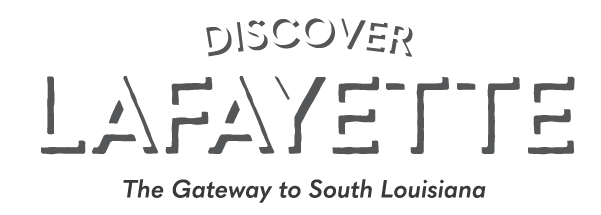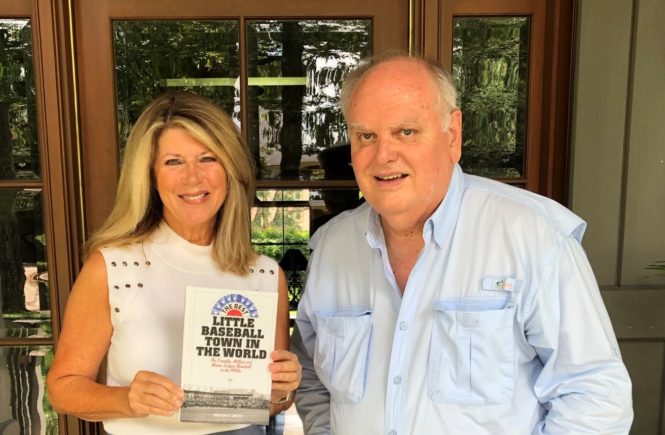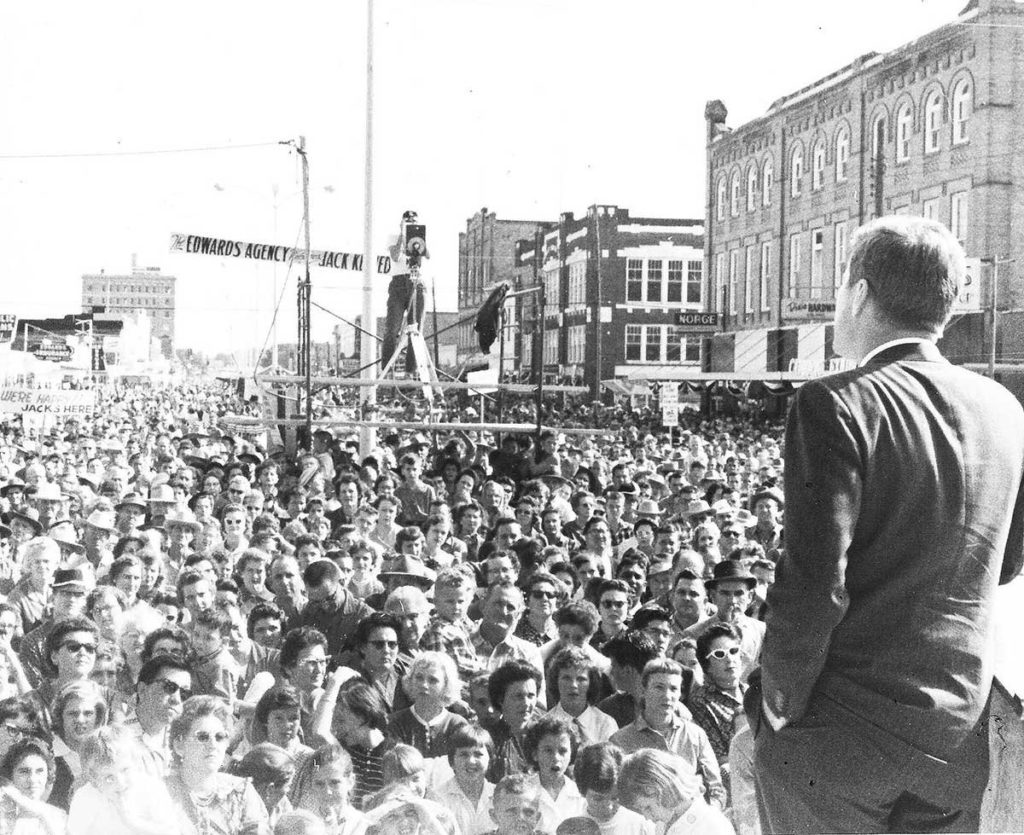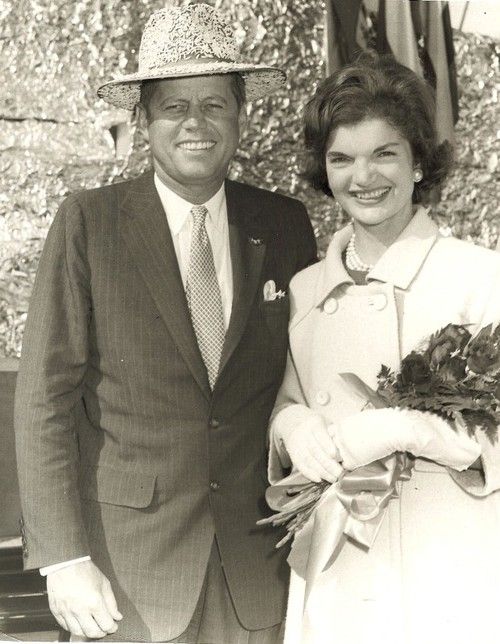Podcast: Play in new window | Download (Duration: 56:16 — 77.3MB)
Author of several baseball books, including the newly released “The Best Little Baseball Town in the World” which highlights Crowley LA and the Evangeline Baseball League, Gaylon White joins Discover Lafayette to flip through the pages of his own story and his lifelong love of baseball.
Born in 1946 in Los Angeles, White started his journey as a sportswriter for the Denver Post, Arizona Republic, and The Oklahoma Journal. His passion for sports writing led him to write four baseball books of his own after he retired from the corporate world.
Starting in 2014 he wrote The Bilko Athletic Club: The Story of the 1956 Los Angeles Angels. In 2018 he wrote Singles and Smiles: How Artie Wilson Broke Baseball’s Color Barrier. In 2019 he wrote Left On Base in the Bush Legends, Near Greats and Unknowns in the Minors.
His latest baseball book, The Best Little Baseball Town in the World: The Crowley Millers and Minor League Baseball in the 1950s, was released in March 2021. His aim is to keep alive the legacy of the Crowley Millers, the ballpark in Crowley, and the memories of the Evangeline Baseball League. Many minor league ballplayers who played for the Millers became major-league players, including Hal Newhouser, Virgil “Fire” Trucks, and Ed Lopat. George Brunet was another famous professional ballplayer highlighted in his latest book who pitched for nine major league teams.

The Crowley Millers’ biggest star was Conklyn Meriwether, a slugger who became infamous after he retired when he killed his in-laws with an ax. Their former manager, Johnny George, turned out to be a con man, who died in jail awaiting trial on embezzlement charges. During the team’s heyday in first place in the league, they were torn to pieces after their star centerfielder, Andy Strong, was struck and killed by lightning during a game which he desperately tried to avoid playing. Yet, with all the irony, the Crowley Millers played great baseball and led pitchers George Brunet and Dan Pfister to stardom and careers in the majors.
White was enraptured by the magic of the world of minor league baseball from an early age. He mentioned that many of the major league teams that we know today were once minor league teams that he grew up with. Los Angeles was a minor league city until The Dodgers moved from Brooklyn in 1958. Houston, Texas was also the site of a minor league team before they landed the Houston Astros. He remembers being four years of age, living in LA, and having the opportunity to bond with his father, a busy minister, as they watched minor league teams play in his hometown.
Peppered with statistics about baseball’s minor and major leagues and the small world of Crowley, The Best Little Baseball Town in the World caters to a wide-ranging audience. “One of the reasons for writing the book was to keep alive the legacy of the Crowley Millers, the Miller ballpark that they played in that’s still open in Crowley….in fact it’s looking better than ever, and the story of the history of the Evangeline League,” White said.
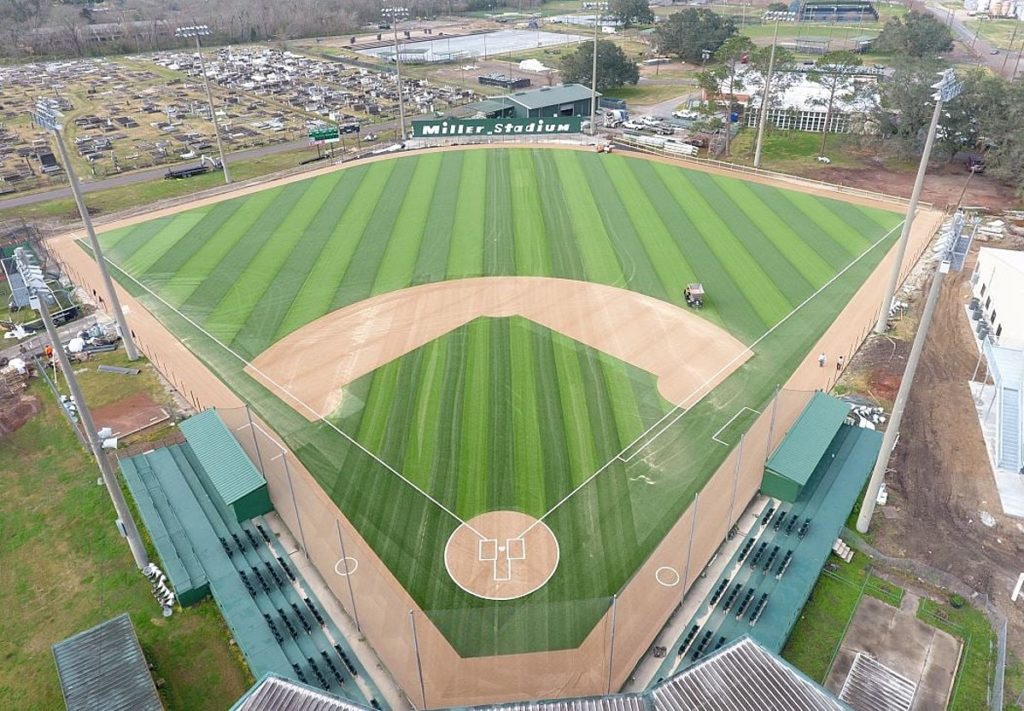
White stressed that in the heyday of baseball, minor league baseball appealed to Americans because so few cities had major ball clubs in the day. Only five cities in the U. S. had major league teams. The majority of America was enamored with the play of local minor league teams that were hosted in small towns across the U. S. “Most of the country, in terms of baseball being its national pastime (where it earned that reputation), was being played in the small towns of America. Fans were able to make contact with the minor league players who passed through their towns and this ignited their grass-roots appeal as fans felt they belonged.”
In 1921, the beloved star Babe Ruth and his Yankees visited Crowley, which was then the spring training site of an Indianapolis team. The Yankees held their spring training in a baseball field in Shreveport. “The first reference to ‘All roads lead to Crowley’ was in 1921 when Babe Ruth came to town on St. Patrick’s Day and 2400 fans showed up.”
Crowley didn’t have its own ballpark until 1948, nor a minor league team until 1950 when they entered the Gulf Coast League. But, surrounded by many other Louisiana minor league towns such as Lafayette and Lake Charles who were members of the Evangeline League, Crowley was restless until they became a part of Evangeline.
Crowley restored Miller Stadium in 1998 and then, during the pandemic, invested $5 million to install artificial turf, new lighting, and seating to further preserve the park. “What led to the restoration of Miller stadium was the passion,” White said.
White mentioned that as an Los Angeles native, he didn’t know where Crowley was until he started his working on his latest book. He hadn’t been to Lafayette until 2013 when he began researching for his book. “Unlike my other books, I didn’t know what form this one would take,” White said.
“I’ve come across the slogan Louisiana proud, but it isn’t a slogan, it’s a tradition in Crowley,” White said. White mentioned how high Crowley’s ballpark attendance always was, even given its small population of approximately 12,500 residents.
The Evangeline League was established in 1934 and lasted until 1957, with a break during WWII. “It was known as the best little league in baseball, and of course that was before there was “little league,” White said. White noted that the Evangeline League produced many major league baseball players, including Hal Newhouser and Virgil “Fire” Trucks. In his latest book, White focuses particularly on George Brunet.
George Brunet, who was notably known for not wearing underwear and, more importantly, pitched until he was 49 years of age, played a large role in White’s book. He was the first Crowley player to make it to the Big Leagues, which started a domino effect of minor league players jumping to the majors. Brunet later went on to be in the Mexican Professional Baseball Hall of Fame.
Unfortunately, this era of baseball was set in the days of segregation and racial bias in the South. “The league integrated successfully in 1954…. and the attendance doubled here in Lafayette and in Crowley,” White said. Many Black families flocked to the stadiums to watch the beloved game. However, in 1956, Louisiana Governor Earl Long signed a racial ban that disallowed integration in all sports played in the state, including baseball games. This led to the eventual demise of the Evangeline baseball League, coinciding with the rising popularity of Little League baseball; parents and grandparents strayed from minor league ball as they chose to watch their young ones compete among the ‘littles.”
“Crowley’s never gonna have another professional team, but it can be a place where state and national youth teams come and have tournaments… and it can be a place where this history of Crowley can really make it an interesting place to go,” White said.
Gaylon White dials in on Crowley’s history in the world of Baseball in his new book. With a famous biscuit recipe enjoyed back in the day at the Crowley Greyhound Bus Station diner, never before seen historical photographs and eye-opening statistics, The Best Little Baseball Town in the World is truly more than a Baseball book; it’s a glimpse into our region’s history and a book definitely worth buying!
For more information on Gaylon White and his books, visit http://www.gaylonwhitebaseball.com.
